Global Market Comments
February 14, 2025
Fiat Lux
Featured Trade:
(FEBRUARY 12 BIWEEKLY STRATEGY WEBINAR Q&A),
(MCD), (FSLR), (META), (GOOG), (AMZN), (JNK), (HYG), (F), (GM), (NVDA), (PLTR), (INTC)
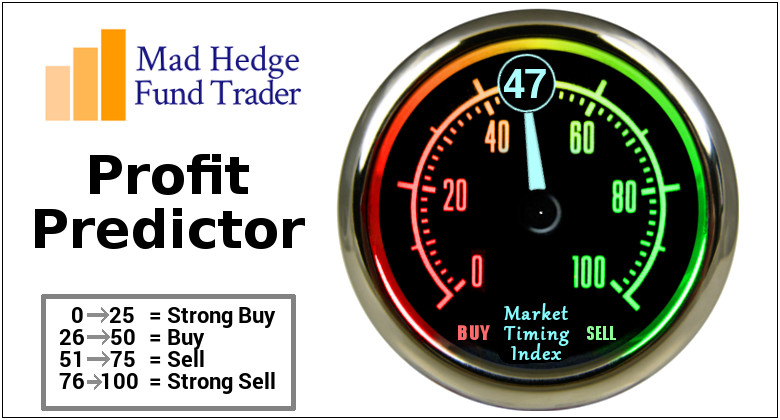
Global Market Comments
February 14, 2025
Fiat Lux
Featured Trade:
(FEBRUARY 12 BIWEEKLY STRATEGY WEBINAR Q&A),
(MCD), (FSLR), (META), (GOOG), (AMZN), (JNK), (HYG), (F), (GM), (NVDA), (PLTR), (INTC)

Global Market Comments
February 13, 2025
Fiat Lux
Featured Trade:
(REVISITING THE GREAT DEPRESSION),
(EXPLORING MY NEW YORK ROOTS)
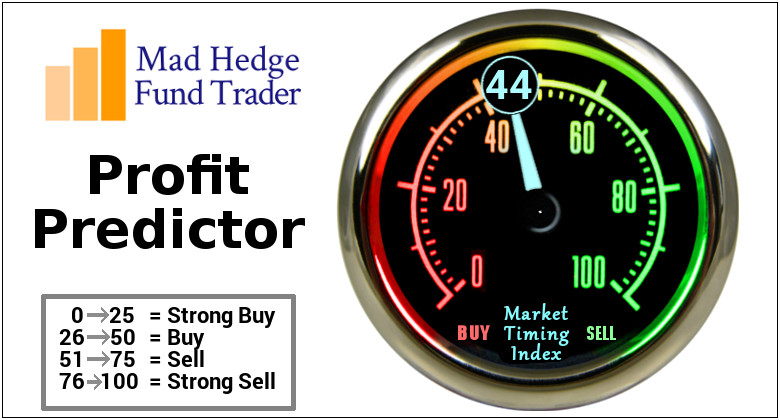
When I first arrived on Wall Street during the early 1980s, some of the old veterans who worked through the 1929 stock market crash were just retiring and passed their stories on to me before they left.
One was my old friend, Sir John Templeton, founder of the Templeton funds, who often hosted me for dinner at his antebellum-style mansion at Lyford Cay in the Bahamas. John told me he was really excited when hired in ‘29 to handle the surge of brokerage business. After that, things got really boring for a decade.
The volatility we are experiencing now has many similarities to that epic event. In some ways, it's far worse. The 1929 downturn was spread over 34 months.
We all know about the Roaring Twenties, with flappers, bathtub gin, and a soaring stock market. Then, individuals could buy on ten to one margin. The high-flying tech stocks of the day, like RCA Radio, General Motors (GM), and Ford (F), soared. From 1921 to 1929, the Dow Average rocketed six-fold. The working class was sucked in.
Industry followed suit, taking the sign of rising stocks as proof of an economic boom. They massively boosted production in all sectors. That meant they went into the Great Depression loaded to the gills with inventory.
The Dow Average peaked on September 3, 1929, at 381. A slow burn of profit-taking ensued. Suddenly, a cascading waterfall of SELL orders hugely accelerated on “Black Monday” when the Dow plunged by 13%. It was followed by “Black Tuesday” when stocks lost another 13%.
Margin calls triggered a run on the banks as investors tried to withdraw cash to cover rampant cash calls. This spawned a financial crisis where eventually 4,000 banks went under.
By November, the Dow had fallen by 48% to 198. JP Morgan stepped in to stabilize the market, prompting a short-term rally. It was to no avail, with many retail investors seeing this as their last chance to sell. The market continued its slide, eventually hitting bottom at 41, or down an astonishing 89% from the top by July 8, 1932. The market then moved sideways in a wide 150-point range until the outbreak of WWII. It didn’t recover its 1929 peak until 1959.
A few years ago, I had lunch with the former governor of the Federal Reserve (click here), who did his PhD dissertation on the causes of the Great Depression. The big mistake the Fed made then was to raise interest rates to damp down stock speculation. They ended up destroying the economy, inadvertently making the depression far deeper and longer.
The world has learned a lot about central banking since those dark days. For a start, the theory of Keynesianism has been adopted whereby governments borrow and spend during economic downturns and run balanced budgets or surpluses during good times.
The modern Fed won’t be making the same mistake twice. During the last bear market, the Fed almost immediately took interest rates down to zero. Our central bank has also responded with monetary stimulus that is a large multiple of what we saw in 2008-09, essentially buying everything that was out there in fixed-income land.
My grandfather never participated in the stock boom of the 1920’s. He never found a broker he could trust. When the market crashed, he had to finish his basement in Brooklyn, New York, so that several relatives who had lost their homes could move in. We lost many equity investors for good in the 2008-09 crash. No doubt we will lose many more in this cycle.
What did Grandpa do with his money? He poured it all into real estate, including the land on which the Bellagio Hotel was eventually built, which he picked up for $500 an acre. His estate sold it in the 1970’s for $10 million.
Grandpa never bought a stock during his entire life.
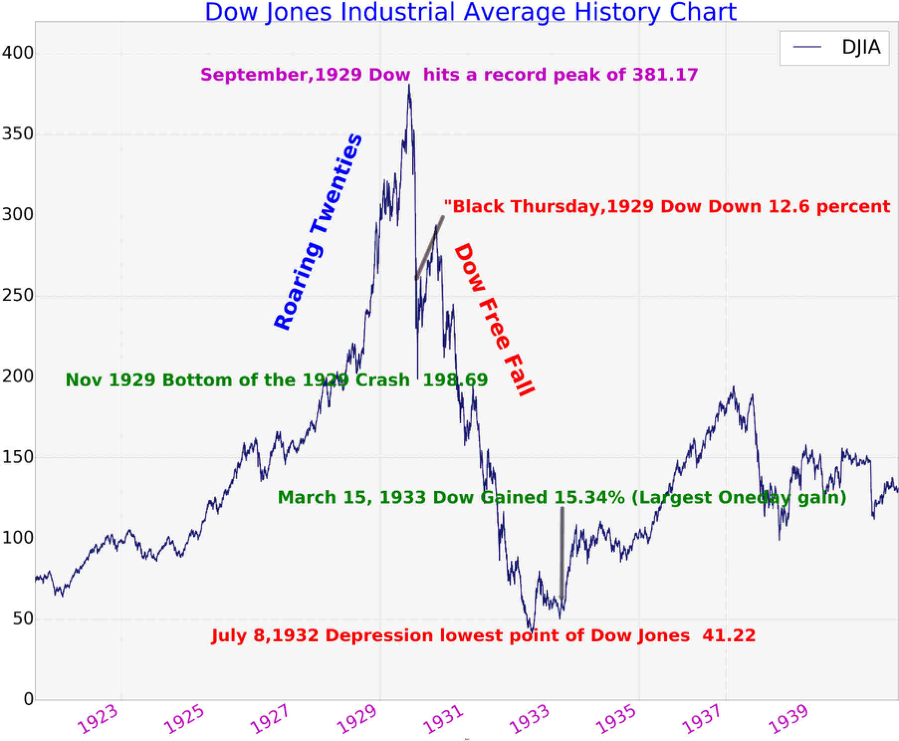

While in New York waiting to board Cunard’s Queen Mary 2 to sail for Southampton, England, a few years ago, I decided to check out the Bay Ridge address near the Verrazano Bridge where my father grew up. I took a limo over to Brooklyn and knocked on the front door.
I told the owner about my family history with the property, but I could see from the expression on his face that he didn’t believe a single word. Then I told him about the relatives moving into the basement during the Great Depression.
He immediately let me in and gave me a tour of the house. He told me that he had just purchased the home and had extensively refurbished it. When they tore out the walls in the basement, he discovered that the insulation was composed of crumpled-up newspapers from the 1930s, so he knew I was telling the truth.
I told him that grandpa would be glad that the house was still in Italian hands. Could I enquire what he had paid for the house that sold in 1923 for $3,000? He said he bought it as a broken-down fixer upper for a mere $775,000. After he put $500,000 into the property, it is now worth $2 million.
I’ll recite one story that took place at this address which has been passed down through the generations. By the end of 1945, the family had not seen my father for nearly four years, who was off fighting in the Pacific with the Marine Corps.
Then a telegram arrived informing the family of the date of my father’s return after a five-day train ride from Los Angeles. As only two daughters remained at home, he warned everyone not to cry.
Then the doorbell rang and there was Dad, 40 pounds lighter with a yellowish tinge to his skin from malaria but smiling. My grandfather burst into tears and wouldn’t stop bawling for an hour.
As I passed under the Verrazano Bridge on the Queen Mary II later that day, I contemplated how much smarter grandpa became the older I got.
I hope the same is true with my kids.

“Lower yields, for longer, and lingering. I don’t think we’re going to get to an end for some period of time. The money that has been pumped into the system is going to keep equities high,” said Mark Grant, managing director of Hilltop Securities.
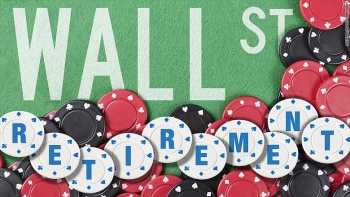
Global Market Comments
February 12, 2025
Fiat Lux
Featured Trade:
(THE ABC’s OF THE VIX),
(VIX), (VXX), (SVXY)
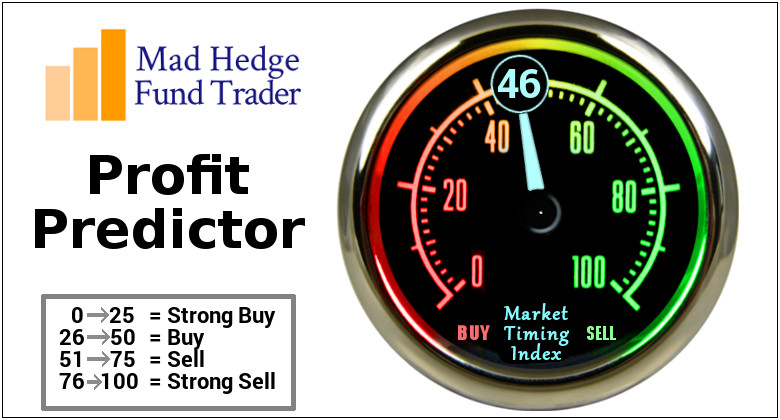
I am one of those cheapskates who buy Christmas ornaments by the bucket load from Costco in January for ten cents on the dollar because my 11-month theoretical return on capital comes close to 1,000%.
I also like buying flood insurance in the middle of the summer drought, when the forecast in California is for endless days of sunshine. That is what we had at the end of July when the (VIX) was plumbing the depths of $12.
Get this one right, and the profits you can realize are spectacular.
It gets better.
If the bottom in volatility exactly coincides with the peak in the stock market that it measures, volatility could be headed back up to the 30% handle, and maybe more.
I double dare you to look at the charts below and tell me this isn’t happening.
Watch carefully for other confirming trends to affirm this trade is unfolding. Those would include a strong dollar, and a weak Japanese yen, Euro, and rising fixed-income instruments of any kind.
Notice that every one of these is happening this week!
Reversion to the mean, anyone?
You may know of this from the many clueless talking heads, beginners, and newbies who call (VIX) the “Fear Index”.
For those of you who have a PhD in higher mathematics from MIT, the (VIX) is simply a weighted blend of prices for a range of option contracts on the S&P 500 index (SPX).
The formula uses a kernel-smoothed estimator that takes as inputs the current market prices for all out-of-the-money calls and puts for the front month and second month expirations.
The (VIX) is the square root of the par variance swap rate for a 30-day term initiated today. To get into the pricing of the individual options, please go look up your handy dandy and ever-useful Black-Scholes equation.
You will recall that this is the equation that derives from the Brownian motion of heat transference in metals. Got all that?
For the rest of you who do not possess a PhD in higher mathematics from MIT, and maybe scored a 450 on your math SAT test, or who don’t know what an SAT test is, this is what you need to know.
When the market goes up, the (VIX) goes down. When the market goes down, the (VIX) goes up. Period. End of story. Class dismissed.
The (VIX) is expressed in terms of the annualized monthly movement in the S&P 500 (SPX), which with the (VIX) today at $10 is at $72.54.
So for example, a (VIX) of $10 means that the market expects the index to move 2.89%, or $72.54 S&P 500 points, over the next 30 days.
You get this by calculating $10/3.46 = 2.89%, where the square root of 12 months is 3.46.
The volatility index doesn’t really care which way the stock index moves. If the S&P 500 moves more than the projected 2.89% in ANY direction, you make a profit on your long (VIX) positions.
I am going into this detail because I always get a million questions whenever I raise this subject with volatility-deprived investors.
It gets better.
Futures contracts began trading on the (VIX) in 2004, and options on the futures since 2006.
Since then, these instruments have provided a vital means through which hedge funds control risk in their portfolios, thus providing the “hedge” in hedge fund.

“It’s easier to get out of Cuba than to get out of Facebook,” said a market analyst.

Global Market Comments
February 11, 2025
Fiat Lux
SPECIAL VOLATILITY ISSUE
Featured Trade:
(TESTIMONIAL)
(MAKING VOLATILITY YOUR FRIEND),
(VIX), (VXX), (XIV)
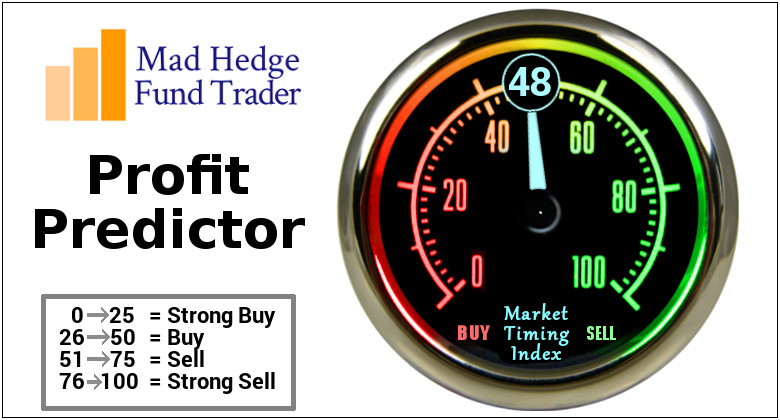
Ingenious writing John in your Monday morning strategy letter. I forwarded it to all my family and kids, and made my 16-year old read it out loud to my wife. I made sure he understood what he was reading. I got choked up by the whole article.
Go Ukraine!
Best regards,
Greg
Las Vegas, NV

Legal Disclaimer
There is a very high degree of risk involved in trading. Past results are not indicative of future returns. MadHedgeFundTrader.com and all individuals affiliated with this site assume no responsibilities for your trading and investment results. The indicators, strategies, columns, articles and all other features are for educational purposes only and should not be construed as investment advice. Information for futures trading observations are obtained from sources believed to be reliable, but we do not warrant its completeness or accuracy, or warrant any results from the use of the information. Your use of the trading observations is entirely at your own risk and it is your sole responsibility to evaluate the accuracy, completeness and usefulness of the information. You must assess the risk of any trade with your broker and make your own independent decisions regarding any securities mentioned herein. Affiliates of MadHedgeFundTrader.com may have a position or effect transactions in the securities described herein (or options thereon) and/or otherwise employ trading strategies that may be consistent or inconsistent with the provided strategies.
This site uses cookies. By continuing to browse the site, you are agreeing to our use of cookies.
OKLearn moreWe may request cookies to be set on your device. We use cookies to let us know when you visit our websites, how you interact with us, to enrich your user experience, and to customize your relationship with our website.
Click on the different category headings to find out more. You can also change some of your preferences. Note that blocking some types of cookies may impact your experience on our websites and the services we are able to offer.
These cookies are strictly necessary to provide you with services available through our website and to use some of its features.
Because these cookies are strictly necessary to deliver the website, refuseing them will have impact how our site functions. You always can block or delete cookies by changing your browser settings and force blocking all cookies on this website. But this will always prompt you to accept/refuse cookies when revisiting our site.
We fully respect if you want to refuse cookies but to avoid asking you again and again kindly allow us to store a cookie for that. You are free to opt out any time or opt in for other cookies to get a better experience. If you refuse cookies we will remove all set cookies in our domain.
We provide you with a list of stored cookies on your computer in our domain so you can check what we stored. Due to security reasons we are not able to show or modify cookies from other domains. You can check these in your browser security settings.
These cookies collect information that is used either in aggregate form to help us understand how our website is being used or how effective our marketing campaigns are, or to help us customize our website and application for you in order to enhance your experience.
If you do not want that we track your visist to our site you can disable tracking in your browser here:
We also use different external services like Google Webfonts, Google Maps, and external Video providers. Since these providers may collect personal data like your IP address we allow you to block them here. Please be aware that this might heavily reduce the functionality and appearance of our site. Changes will take effect once you reload the page.
Google Webfont Settings:
Google Map Settings:
Vimeo and Youtube video embeds:
